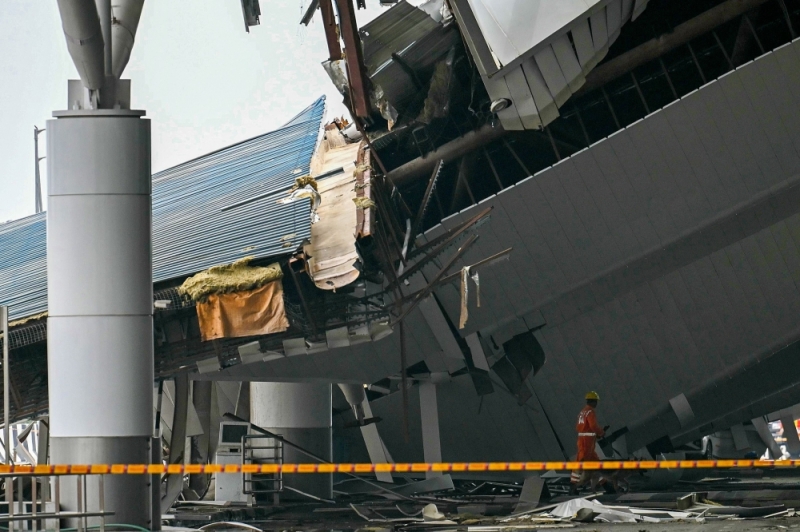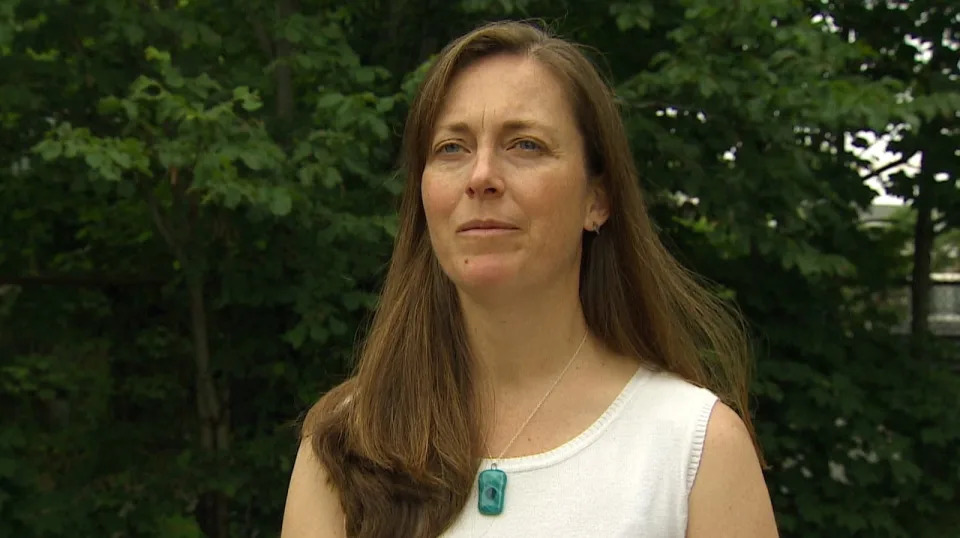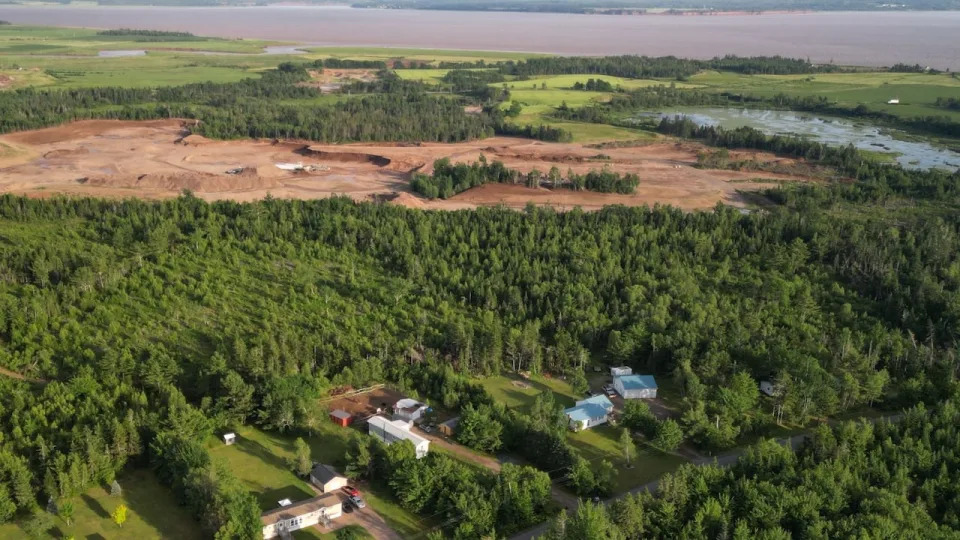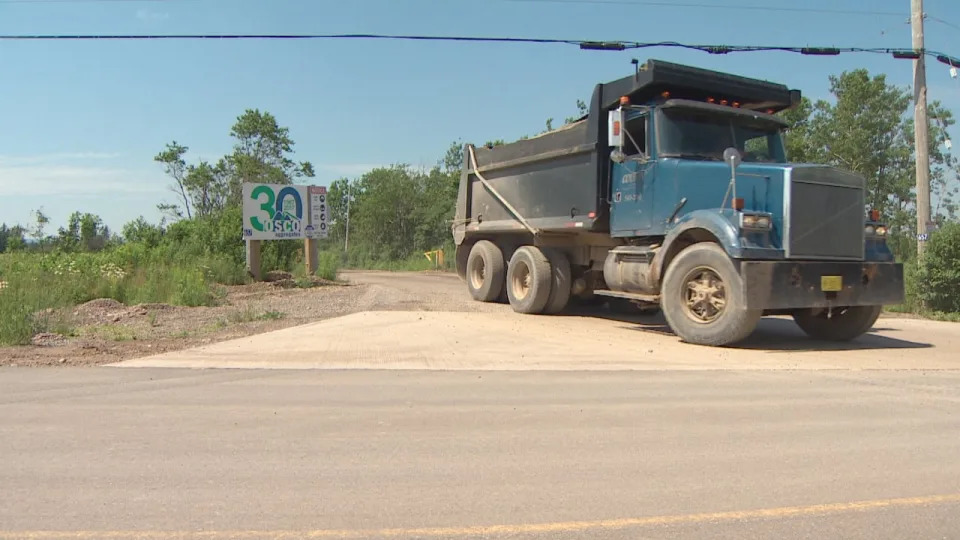
This photo taken on December 13, 2023 shows members of ethnic minority armed group Ta’ang National Liberation Army (TNLA) standing guard in a temple area of a hill camp seized from Myanmar’s military in Namhsan Township in Myanmar’s northern Shan State. — AFP pic
Friday, 28 Jun 2024
YANGON, June 28 — A Myanmar ethnic minority armed group was battling junta troops in a ruby and gem-mining hub today, the group and residents told AFP, with reports of civilian casualties in shelling and air strikes.
The Ta’ang National Liberation Army (TNLA) launched attacks on junta troops earlier this week in Mandalay region and neighbouring Shan state, shattering a ceasefire brokered by China in January.
Its fighters were inside Mogok, a town surrounded by hills rich with rubies, sapphires, spinel, aquamarine and other semi-precious stones, General Tar Bhone Kyaw told AFP, without giving details.
AFP was unable to reach a junta spokesman for comment.
Pigeon Blood Ruby
Pigeon blood ruby is the most sought-after color variety of ruby gemstone. Pigeon Blood Ruby meaning is primarily associated with its color that matches exactly with the blood drawn from a freshly killed pigeon. It displays bright red hue with a slight tint of purple that appears deep red when seen in light. This color-effect makes Pigeon Blood Red Ruby gemstone, universally popular and astrologically most relevant.
Mogok residents told AFP the town had been hit by artillery shelling and air strikes by military planes since fighting in the area started on Tuesday.
“As far as I know, four people including two women were killed yesterday because of artillery shelling,” one 57-year-old Mogok resident, who did not want to give his name, told AFP.
He said he and his family were sheltering elsewhere after the roof of their home had been damaged in an air strike.
“We have no experience like this. It’s the first ever serious fighting in Mogok town.”
Myanmar produces much of the world’s rubies, and top quality stones from Mogok — known as “pigeon’s blood” for their deep red colour — can fetch more per carat than diamonds.
The industry is notoriously opaque, with high-value rubies often smuggled over the border into Thailand or China to be sold directly to private buyers or made into jewellery.
For decades Myanmar’s junta and its opponents have taxed local miners for income.
Fighting was ongoing in Kyaukme town in neighbouring Shan state, a local rescue worker told AFP on Friday.
At least 10 civilians had been killed and more than 20 wounded there since clashes broke out on Tuesday, he said.
The fighting has breached the China-brokered ceasefire that earlier this year ended weeks of fighting in Shan state between the military and the TNLA and two other allied ethnic armed groups.
In a surprise October offensive the alliance seized swathes of territory and several lucrative trade crossings with China, dealing the junta its biggest blow since it seized power.

The term "pigeon blood" is often associated with Burmese rubies, which have been mined in the Mogok region of Myanmar for centuries. These rubies are considered to be among the finest and most valuable in the world.
"Pigeon blood" is a term used to describe the color of high-quality rubies. It refers to a deep, rich red color that is often described as being similar to the blood of a pigeon. This term is used to describe the most highly prized and valuable rubies, which are considered to be the most beautiful and desirable.
The origin of the term "pigeon blood" to describe the color of high-quality rubies is not entirely clear. It is believed that the term originated in the 19th century and was first used by European traders and gem merchants to describe the deep red color of Burmese rubies. The term "pigeon blood" is often associated with Burmese rubies, which have been mined in the Mogok region of Myanmar for centuries. These rubies are considered to be among the finest and most valuable in the world and are known for their deep red color, transparency, and minimal inclusions.

It's worth noting that the term "pigeon blood" is a traditional term and not a scientific or gemological one. It's a subjective term and can be used to describe different shades of red in rubies. A ruby that is described as "pigeon blood" is considered to be of the highest quality, with a deep red color, good transparency, and minimal inclusions.
The term is also sometimes used to describe rubies from other locations such as Mozambique or Madagascar which can have a similar deep red color. However since February 2023 the the Gübelin Gem Lab in Switzerland has coined a new trade color term: "Crimson Red." This term is used to describe rubies that have the ideal color and quality, but with a different fluorescence criterion. To qualify as "Crimson Red," a ruby must have the correct hue, saturation, and tone, be evenly distributed across the stone, be untreated and have a cut that produces a lively brilliance. Additionally, it must have little to no fluorescence in short-wave UV light. These criteria must be strictly adhered to, and therefore only a small percentage of high-quality untreated rubies will ever meet them. This new term has specifically been introduced to tackle the pressing need to have a different qualifying term to describe top quality rubies that have not been sourced from Burma since upwards of 80% of total ruby product now originates in Mozambique.
It's worth noting that the term "pigeon blood" is a traditional term and not a scientific or gemological one. It's a term that is used within the trade and it is not always used in a consistent way. It's important to understand that the term "pigeon blood" is a subjective term and can be used to describe different shades of red in rubies. Also, the term is not only used to describe the color of the ruby but also the transparency, clarity, and overall quality of the stone. A ruby that is described as "pigeon blood" is considered to be of the highest quality, with a deep red color, good transparency, and minimal inclusions.
Additionally, the term "pigeon blood" has been used in the past to describe rubies that have been treated to enhance their color. However, buyers should be aware that some treatments can affect the value and durability of the stone. Therefore, it's essential to ensure that you are buying from a reputable source and that the ruby has been responsibly sourced.













